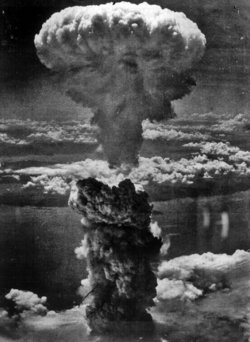| Published on Thursday, January 12, 2006 by the Independent / UK |
| Disaster Planning: Norway Builds a 'Doomsday Vault' |
| by Steve Connor |
| Norway has revealed a plan to build a "doomsday vault" hewn out of an Arctic mountain to store two million crop seeds in the event of a global disaster. The store is designed to hold all the seeds representing the world's crops and is being built to safeguard future food supplies in the event of widespread environmental collapse. "If the worst came to the worst, this would allow the world to reconstruct agriculture on this planet," Cary Fowler, the director of the Global Crop Diversity Trust, told New Scientist magazine. The Norwegian government is planning to start work on the seed vault next year when construction engineers will drill into a sandstone mountain on the island of Spitsbergen, part of the Svalbard archipelago, about 600 miles from the North Pole. Permafrost will keep the vault below freezing point and the seeds will be further protected by metre-thick walls of reinforced concrete, two airlocks and high-security, blast-proof doors. To survive, the seeds need to be frozen. The plan is to replace the air inside the vault each winter, when temperatures on Spitsbergen fall to minus 18C. "This will be the world's most secure gene bank by some orders of magnitude," said Dr Fowler. "But its seeds will only be used when all other samples have gone for some reason. It is a fail-safe depository, rather than a conventional seed bank." The £1.67m facility will not be permanently manned but "the mountains are patrolled by polar bears". The proposal is backed by Norway, which outlined a similar project in the 1980s that was thwarted at the time by the Soviet Union's access to Spitsbergen. Wera Helstroem, a spokeswoman for Norway's foreign ministry said: "Norway is seen as a good place, because it has a stable society and democracy." The number of seeds and types of plants would be determined by the countries wishing to use the seed bank, which would be operated as if it were a bank vault, she added. "It is like a bank box. We own the vault, but other countries own what is in it. They can put things in and take them out whenever they want to." © 2006 Independent News and Media Limited
|
Thursday, January 12, 2006
Disaster Planning: Norway Builds a 'Doomsday Vault'
Subscribe to:
Post Comments (Atom)







No comments:
Post a Comment